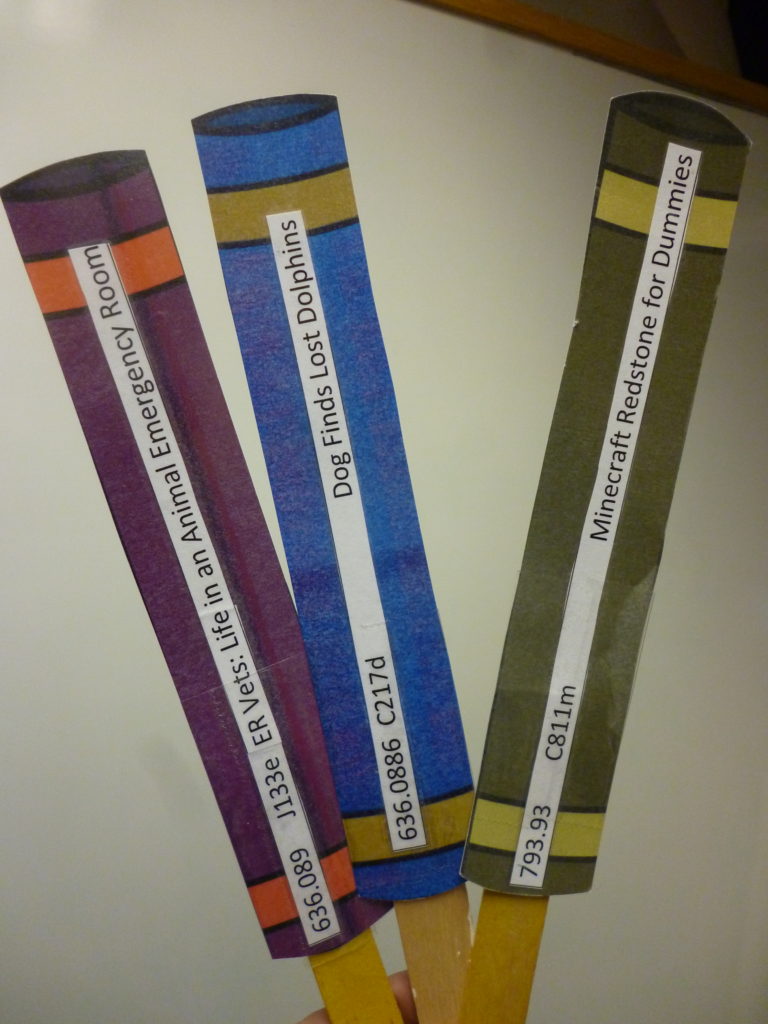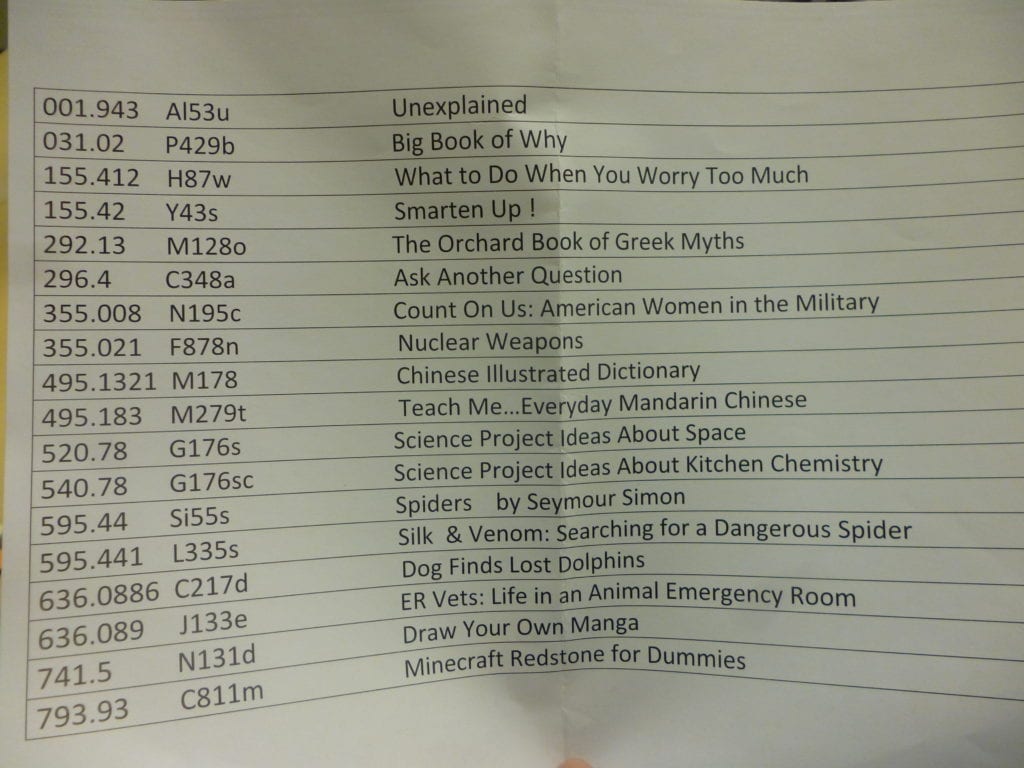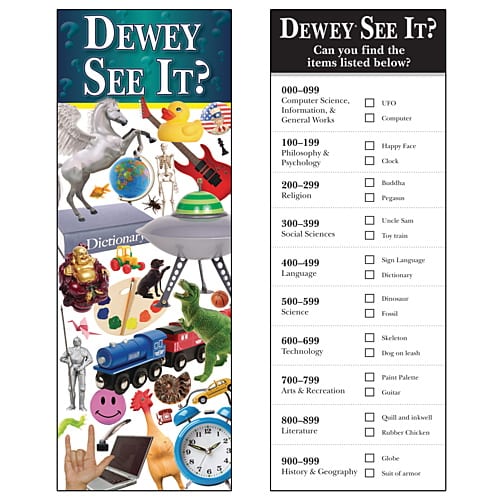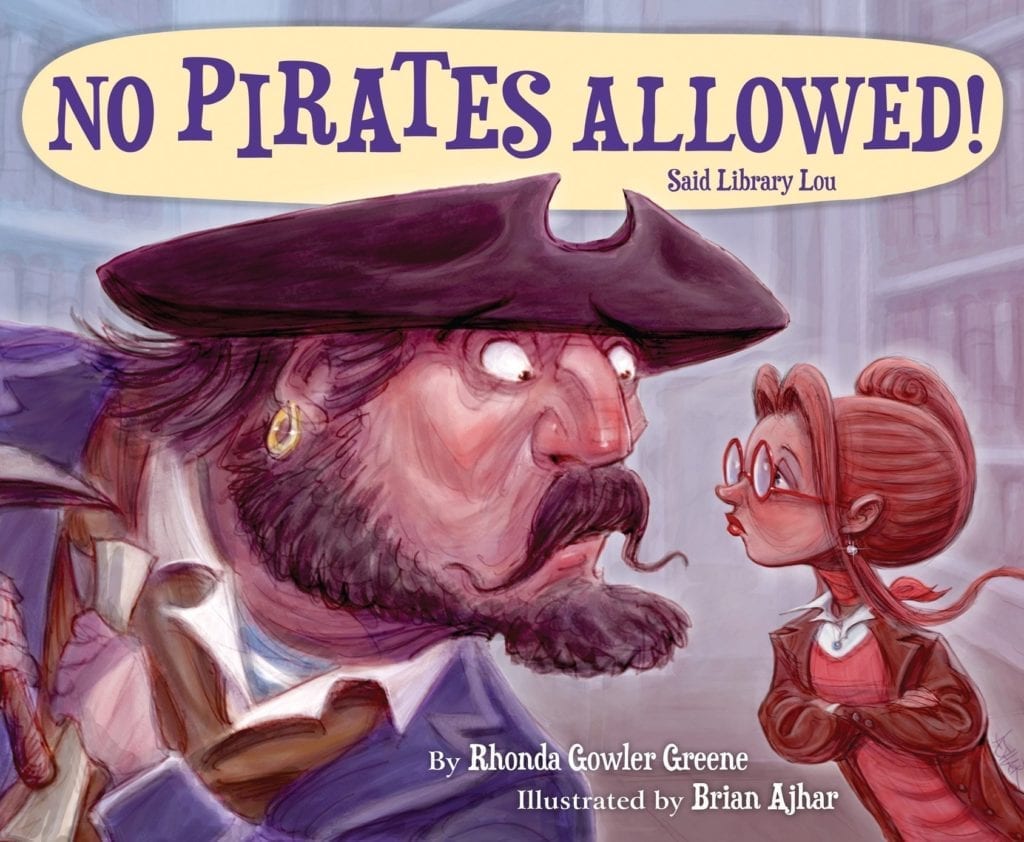We did it! We finished another school year of library visits and tours! Lessons were learned, improvements were made, and tons of kids, teachers, and parents visited our main library and our branch library for tours and outreach. I previously wrote up the process of how we do tours for our K-2 visits and people have found that post really helpful so I decided it was FINALLY time to write up the next entry in the series.
I’ll go over some of the basics, but a lot of that is covered in my K-2 tours post, including all of my amazing inspirations (check the comments there’s great stuff there too!) so definitely go over there and take a look.
Nothing has made my life – and my staff’s lives – easier than getting our tours down to a routine! This is the #1 thing I’d like to stress about however you want to handle tours: make it routine. Get to the point where you can pull out a standard tour schedule without blinking. It will make you more receptive to saying SURE YOU CAN COME without panicking about it and it gives an overall much better experience.
My main disclaimer, as last time: yes, our tours take a lot of staff. (in fact, we have them down to such a routine that now our biggest problem is figuring out the scheduling parts.) But we get a lot of yield out of that staff. The majority of these tours are the entire grade from a local elementary school, 2-3 classes of kids. That means it’s usually 45-65 kids plus a minimum of 12-15 adult chaperones. That’s a big program so it warrants a big staff investment.
We make great contact with the schools and help encourage visits through our Celebrate A Grade Initiative. Our 3rd-4th grade tours have lots in common with our K-2 tours – but we gear up everything for our older kids, especially the skills lessons.
As with the K-2 we invite the 3rd & 4th grade classes/grades to visit for one hour. In this hour we rotate through three stations, each lasting twenty minutes. Most often the classes/grades come in groups of three, which make this rotation simple but if they come in groups of two, we rotate them through the first two stations and then have a big storytime as a final activity.
Here are the three stations we’ve created for the 3rd & 4th grade tours.
Tour! Since these kids are older, we give them a slightly more in-depth tour. Some of their favorite things are: going outside to see the book drop, seeing the inside book drop and where things end up (notice a trend), hearing about and seeing the hold shelf, and hearing about our circulating art collection. (We check out framed paintings – kids love knowing about this. So, if you have a cool/unique collection, think about adding it to your tour!) We usually spend this part of the tour talking to them about how the library works/touring the adult department. (Our children’s department is on another floor, lucky us.) I have thought about adding in a tour of the kid section, but they enjoy the larger behind the scenes picture of the WHOLE library and I think that’s important to learn about. But we shall see!
We also have an art gallery on the third floor and when there’s a kid friendly show up there we sometimes take kids on a tour of that instead. They like hearing about how many people visit the gallery and what it means to have a gallery inside a library. And they love getting to go through the exhibits. They have come during Youth Art Month when the gallery is all art from local students and when the local photographer’s club have their work up and those are two favorites.
Dewey Decimal Activity! This is the simple craft (color your owls) station for K-2. But we think the 3rd-4th graders are ready for some Dewey Decimal lessons. We start by watching this Capstone video about BOB THE ALIEN. The kids freaking love Bob the Alien because … we have no idea! This video is slow enough to read along out loud and since it doesn’t have commentary, we can add our own extra info. There’s even a book about Bob, should you be so tempted and want to use it as part of your tours. (note that’s a whole series from Capstone covering book/reading topics, so it could be of use in school libraries/tours.)
After watching the video, the staff member running this station talks a little bit about the Dewey Decimal system. Usually we’ll talk about how learning Dewey is sort of like learning a new alien language … but with the numbers and letters we already have! Then we all hop up to do an activity.
My amazing colleague Melissa came up with a fun activity where the kids become books and put themselves in order. We usually start by just alphabetical order, which they are used to. They make a line and call out all their names and they love it. THEN they get …. their own book spines.

Melissa originally just printed out slips of paper for this activity but … REPEATABLE ROUTINE! Instead, these are laminated and taped onto big Popsicle sticks, so we can use them over and over again. And the kids love them, of course. We have 30 – more than we need for any one class but it’s always good to have some extras. They are real books from the collection, which we make sure to mention. We always slip in some high interest titles: oooh, you have Minecraft books? COOL! Here’s an up close:

This activity makes the kids work together and pay attention to detail. They also get to see that Dewey means more than just the first three digits. We tell them that they are books and they must make sure they are in the right order so people can find them to check them out and this makes them giggle but also think seriously about why it matters where books are. It also gets them moving, gets them talking and working together, and helps them pay attention to the Dewey Decimal system in a hands on way.
We have an answer guide to check their work, which we have them call out, and that makes it easy and quick to check their work.

Their take home for the visit is a Dewey Decimal bookmark. We buy the oversized Dewey bookmarks from Upstart and the kids really love them. They’re worth the money.


Storytime! We like to have a story as a part of all the tours for K-4th. (for the upper grades we do booktalks – more about that in the next post!) I mean…it’s a library tour. Much like the K-2, we use this station as a chance to talk about what they can do/find at the library : things like where they can talk loudly and play games and where they have to be more quiet to study and work. We talk about looking for people with nametags to help, how they can read anything they want and we have so many cool things (video games, magazines, computers to game on if your parents say it’s OK, tons of comics and manga) And even though they are older, we still sing some songs, which they get into even when they are sure they won’t, of course.
We can do longer books with more imaginative play/word play with this group, so we have three main choices we rotate through, all of which I highly recommend!

Quiet! There’s A Canary in the Library by Don Freeman. Yes, this old classic! This Don Freeman classic from the late 60s is about a girl imaging how if SHE ran the library, she’d have all the animals come in and it’d be just great…until…maybe… I like this one because we can talk about what you would do in your library and some of the rules about how we use our library. Also, the older kids get that this is her using her imagination, which is a good bridge for talking about how stories and libraries let us imagine all kinds of wonderful things.

A Library Book for Bear by Bonny Becker. Bear doesn’t want to go to the library with mouse. He has seven books at his house, he doesn’t need any more! But maybe he can find some treasure at the library. The kids love grumpy old Bear, his love for pickles, and the scene where he gets to SHOUT. (lots of fun to read.) Gives us a chance to talk about how you can find a book about every thing you might be interested in and, yes, even programs that are just perfect for you. (And this is just one book in the series about Bear and Mouse, so we can talk about series books too.)

No Pirates Allowed! Said Library Lou by Rhonda Gowler Greene. Pirate Pete wants the treasure hiding in Seabreezy Library, but Library Lou says she’ll only help him figure out the map if he learns her code…it’s full of strange symbols and letters besides X. There might even be a clue in all those books on the shelves. I HIGHLY recommend this slightly longer book for the older kids. I just did it with about to graduate 3rd graders and they were with me every page. It’s told in rhyme and is, of course, about a pirate who learns to read (and then works his way through subject areas/genres) and comes to love reading. Lots of chances to talk about how the library works/different kind of books and for the kids to figure out what’s going on and a sing-song pirate speak is fun to read. Also, I dig that he does not marry the librarian at the end.
The other thing about all three of these books is that if you have younger 3rd graders, older 2nd graders, not enough time to do the Dewey Lesson (or they already cover that at school etc) you can easily make the third station crafts connecting back to the books . We’ve done color your own pirate/bear bookmarks, respectively, to go with these and they were hits.
As I said – we do still do a song or two with these kids so besides opening with something to warm them up, I like to close with everyone standing up, shaking a little bit, and then doing Form the Orange, which even if they know it, sends them into fits of delight. Sometimes we also do this version of Put Your Hands Up High (thanks to Jbrary!) which also cracks them up and can then be done again in slo-mo (a favorite) or super fast.
And that’s about an hour! We had a great year with the older kids touring and, again, having it all down to a routine has really made it a breeze setting one up. Once we got the Dewey station set up with more solid props, that just added to the overall experience. Teachers, parents, and kids definitely notice that we’re prepared and I think it absolutely makes them feel more welcomed and excited about the library.
I’ll hopefully have one more post in this series, covering what we do for the upper elementary (and sometimes even middle school – the entire 7th grade of our town usually stops by once a year, oh boy!) but in the meantime, I’d love to talk tours with YOU! How do YOU do tours and class visits? What works for you? What have you had to discard? How often do you get class tours from your schools? Tell me all about it in the comments – and if I left out anything you’d like more info about in this post, let me know – or chat with me on Twitter.


